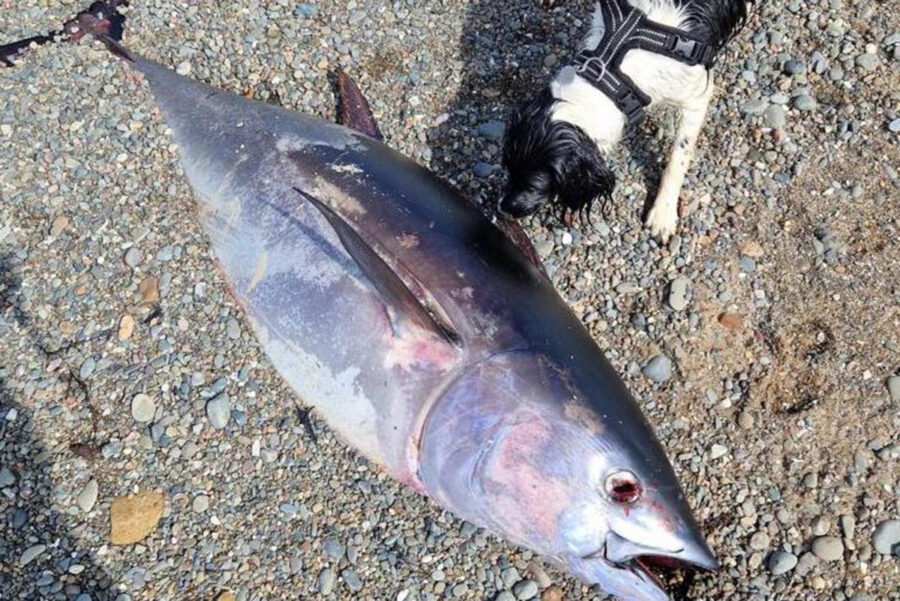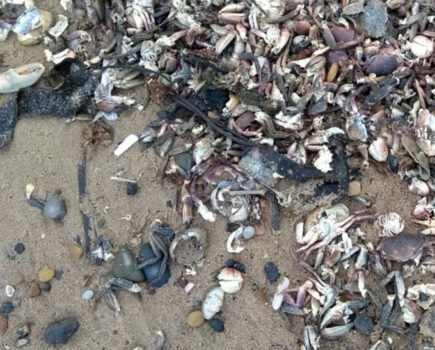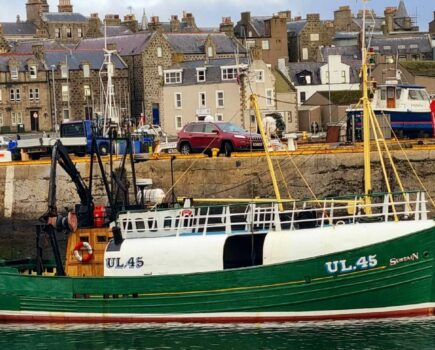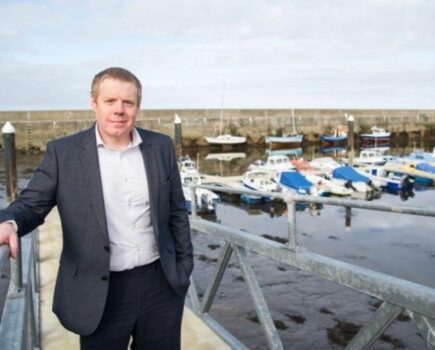The MMO has confirmed that it has issued five licences to UK vessels to fish for albacore tuna this summer, of the possible nine that it indicated were available.
The UK has a quota of 630t for the species – a 20% increase on 2023. This is dwarfed by the Irish quota of 3,967t – itself only a fraction of the overall EU quota of 35,815t.
After attempts to establish gill-net fisheries by the Cornish fleet in the 1990s, which were beset by bycatch issues and resulting restrictions on net lengths, the fleet also looked at the viability of fishing with pole and line. The distances involved, and the vagaries of the market, meant that few trips were viable for the pioneers of the fishery, and more recent UK involvement has been restricted to a single pair-trawling team.
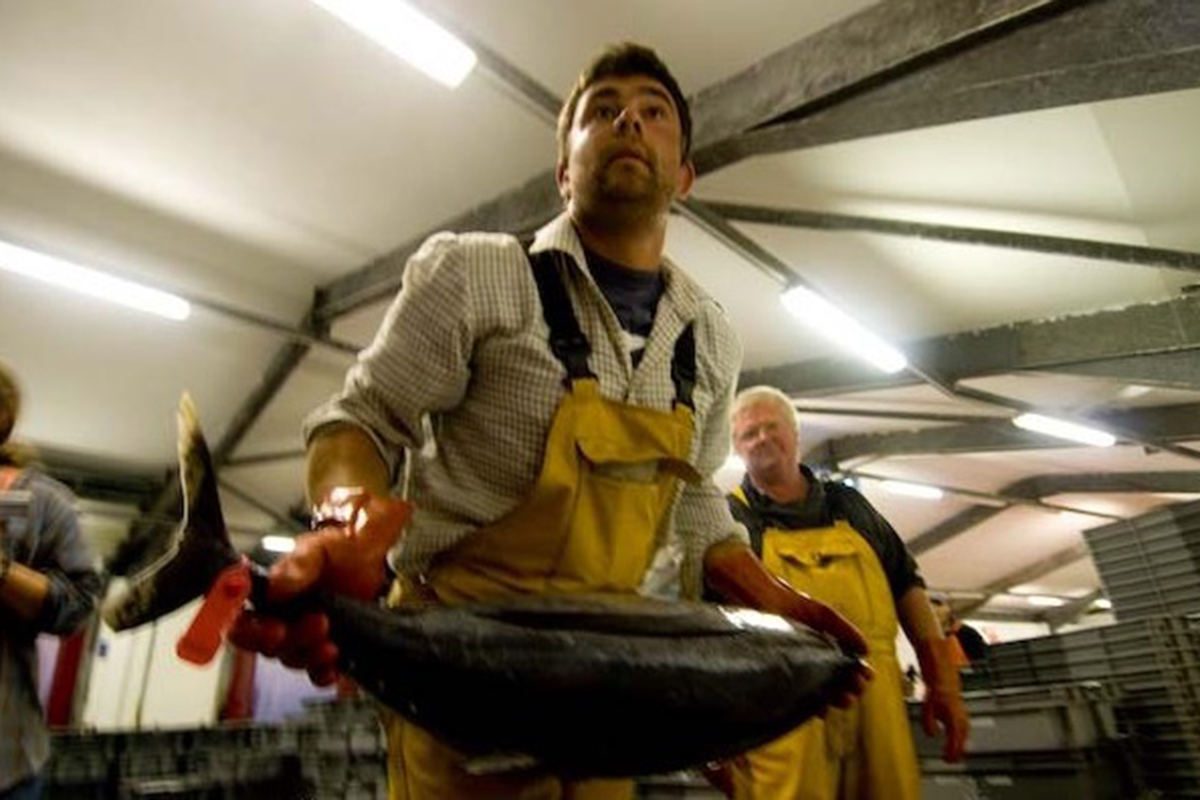
Cornish fishermen have made repeated efforts to crack the albacore tuna fishery, using a variety of methods. Whilst individual trips have been successful, the net and pole and line fisheries were never consistent enough to ensure market stability or long-term profitability. Pictured here in 2007 is a young Quentin Knights – who went on to take his ticket and skipper beam trawlers – with a nice albacore. (Photo: Laurence Hartwell)
The five licences issued this year are understood to be split between vessels gearing up to trial the pole and line fishery again, and a pair team. Both fisheries are a challenge, but potentially with huge rewards.
“The difference between wining the lottery, and going bankrupt,” one skipper with experience told FN, “can be very small. The fish are a real challenge, and you have to get everything 100% right to do well on them – but when it works, it can be the most exciting fishery in the world.”
“A lot will depend on prices,” explained one successful applicant. “There are two markets, one for fresh, where pole and line always takes precedence with the European buyers, and one for canning, that will take bulk fish from the trawlers.
“The key to the pricing is quality, but even then we’re subject to the fluctuations in the market. At €1.40/kg, as the price was for much of the 2023 season, the fishery may be difficult. At the historic price of €3/kg, this could be a really valuable alternative fishery.”
The 660t UK quota is a marked increase on an allocation that historically has been as low as 160t, and reflects both the healthy state of the stock, and also the fact that it appears to be shifting northwards and eastwards, towards the UK EEZ.
The 2023 fishery saw a large proportion of bigger fish, of around 15kg to 16kg, taken by pair teams working at the northern edges of the migrating stock, where in previous years much of the trawl landings had been of fish in the 5kg to 6kg class, indicating the health of the current stock.
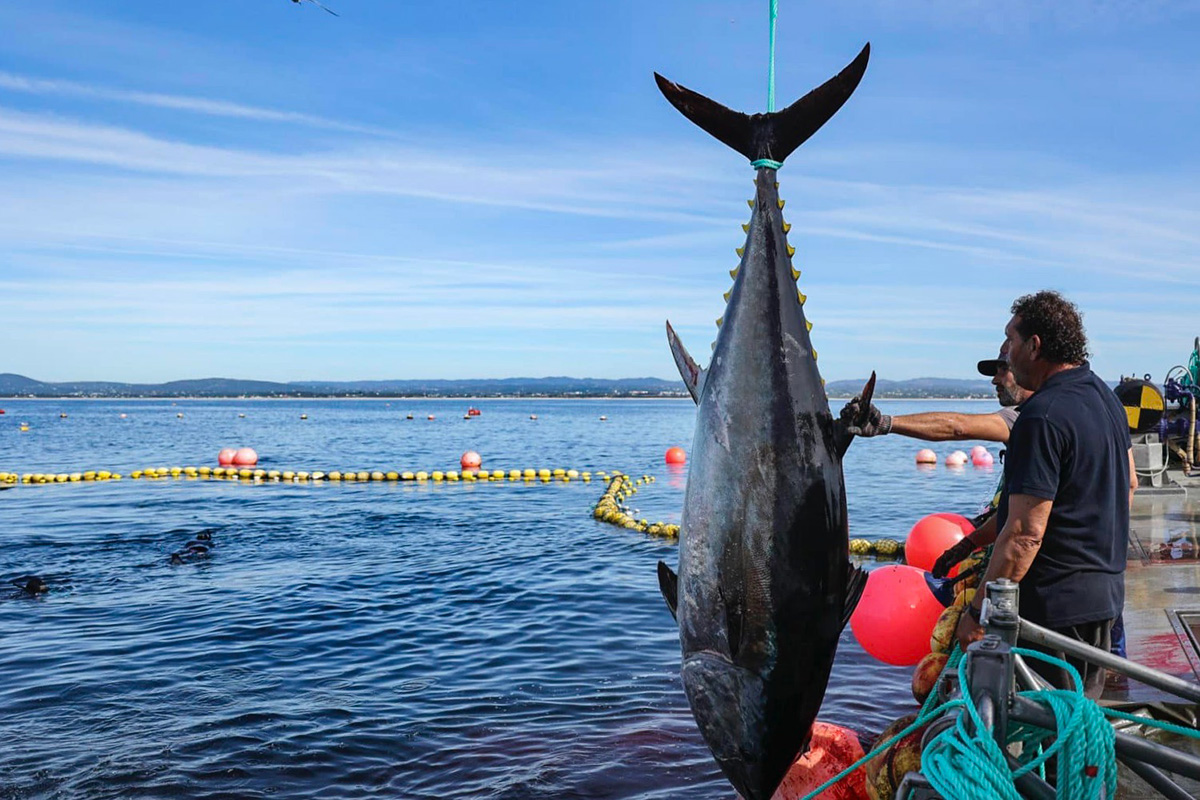
In Portugal, meanwhile, the bluefin tuna season opened last week. Fishermen reported a successful start to the season, with the traditional fixed-net fishery taking over 100 fish. Portuguese fishermen have a TAC this year of 637t, slightly more than 10 times the UK allocation of 63t. (Photo: Luís Forra)
“Everything we are hearing from the French and Spanish suggests that for UK vessels steaming from the South West, the fish will be closer this year – certainly much more so than the fishery 20 years ago,” FN was told.
UK landings in the last few years have mainly been from a single pair team, landing their catches to European buyers, with a trickle of bycatch coming onto the market at Newlyn.
A key element for pair trawlers in the fishery is avoiding bluefin tuna, with MMO observers required to verify a clean fishery. Bluefin are being reported early this year, and many inshore fishermen in Ireland and the South West commented that 2023 saw unprecedented predation on bass, herring and mackerel by the fish, which is a top predator.
French trawlers in the albacore fishery that also have bluefin quota were able to alternate trips in 2023 to maintain market prices for both species, with some trawlers landing as much as 8t of bluefin for a single night’s trawling – a figure that makes a mockery of the UK bluefin TAC of just 63t.
FN hopes to bring full details of the two very different fisheries, both of which have the chance to expand in future years, when they start in earnest in July.
This story was taken from the latest issue of Fishing News. For more up-to-date and in-depth reports on the UK and Irish commercial fishing sector, subscribe to Fishing News here or buy the latest single issue for just £3.30 here.
Sign up to Fishing News’ FREE e-newsletter here.

